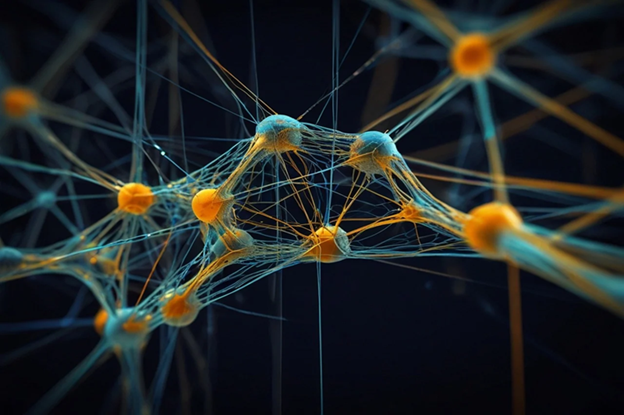Introduction:
Universal Dependencies (UD) represents a significant endeavor in the field of computational linguistics, aiming to create a standardized framework for representing syntactic dependencies across diverse languages. This paper explores the fundamental motivations behind UD, its core principles rooted in dependency grammar, and the hierarchical structure it employs to annotate grammatical relations. We delve into the applications of UD in various tasks, including parsing, machine translation, and information extraction. Additionally, we discuss the ongoing challenges and future directions in the development and application of Universal Dependencies, highlighting its importance in facilitating cross-linguistic research and enabling more robust natural language processing systems.
The inherent diversity of human language has posed a considerable challenge for the development of robust and generalizable natural language processing (NLP) systems. Each language possesses its own unique syntactic structures and grammatical conventions, making it difficult to create tools that can seamlessly understand and process text across multiple languages. Universal Dependencies (UD) has emerged as a prominent solution to this problem. UD is a project that seeks to create a consistently structured, cross-linguistically applicable set of annotations for syntactic dependency relations in natural language text. This paper will explore the core principles, structure, applications, and challenges of UD, demonstrating its crucial role in advancing the field of NLP.
1. The Motivation for Universal Dependencies:
Traditional approaches to syntactic annotation often relied on language-specific grammar frameworks, leading to inconsistencies and difficulties in transferring knowledge across languages. This presented several challenges:
Lack of Standardization: The absence of a common framework impeded the development of multilingual NLP tools.
Difficulties in Cross-Lingual Research: Comparative linguistic studies were hampered by the varying annotation schemes.
Resource Intensiveness: Building separate parsers and other NLP tools for each language was a time-consuming and resource-intensive task.
UD’s development was driven by the need to overcome these limitations. By adopting a consistent annotation scheme, UD aims to:
Enable Multilingual NLP: Facilitate the development of NLP tools that can be applied across different languages.
Promote Cross-Lingual Understanding: Provide a standardized representation that enables researchers to study linguistic universals and variations.
Reduce Development Costs: Allow for the reuse of resources and algorithms across different languages, reducing the cost and effort required for language-specific NLP tasks.
2. Core Principles of Universal Dependencies:
UD is grounded in the principles of dependency grammar, which focuses on the relationships between words in a sentence. Unlike phrase-structure grammar, which identifies syntactic constituents, dependency grammar directly represents the connections between words as head-dependent pairs. This approach aligns well with the semantic roles often associated with words, simplifying the representation of meaning.
3. Key principles underlying UD include:
Head-Dependent Relationships: Each word (except the root) is dependent on a single head, forming a directed, acyclic graph.
Labelled Dependencies: Each dependency relation is labelled with a specific syntactic function, such as nsubj (nominal subject), obj (direct object), det (determiner), etc.
Cross-Linguistic Generalizability: The set of dependency labels is designed to be broadly applicable across languages, minimizing language-specific idiosyncrasies.
Consistency and Clarity: UD prioritizes a consistent and well-defined annotation scheme, aiming to minimize ambiguity and improve the reliability of annotations.
a. Structure of Universal Dependencies
The UD annotation scheme consists of a set of universal part-of-speech (UPOS) tags, dependency labels, and enhanced dependencies. The basic structure involves:
- UPOS Tags: A set of 17 universal part-of-speech tags (e.g.,
NOUN,VERB,ADJ) are designed to capture the fundamental grammatical categories across languages. - Dependency Labels: A core set of around 40 dependency labels represents the syntactic relations between words, such as
nsubj,obj,advmod(adverbial modifier),case(case marker), etc. - Enhanced Dependencies: In addition to basic dependencies, UD also allows for enhanced dependencies, which capture more complex syntactic and semantic relations. These allow for more detailed representations, especially for phenomena like ellipsis, control structures, and coreference.









Leave a Reply